What is a development studio to do when ‘Halo meets Portal’ isn’t enough of a sell to sustain a community? 1047 Games first took time to reflect, and then stripped its design ethos back to the barest foundations – where better to rebuild from there? Splitgate 2 is the result of that effort, a sequel to the 2019 phenomenon which burned bright and faded fast. Creative director and company CEO Ian Proulx is dead set on delivering a shooter that can survive the test of time.
“Halo meets Portal was a pretty good tagline for a team that had no marketing budget,” he says, chuckling. “But we want to build our own path with this sequel. We don’t want to just be the ‘Halo meets Portal’ team. Those games were obviously a huge inspiration, we’re not shy about that, but Splitgate 2 needs to be its own thing.”
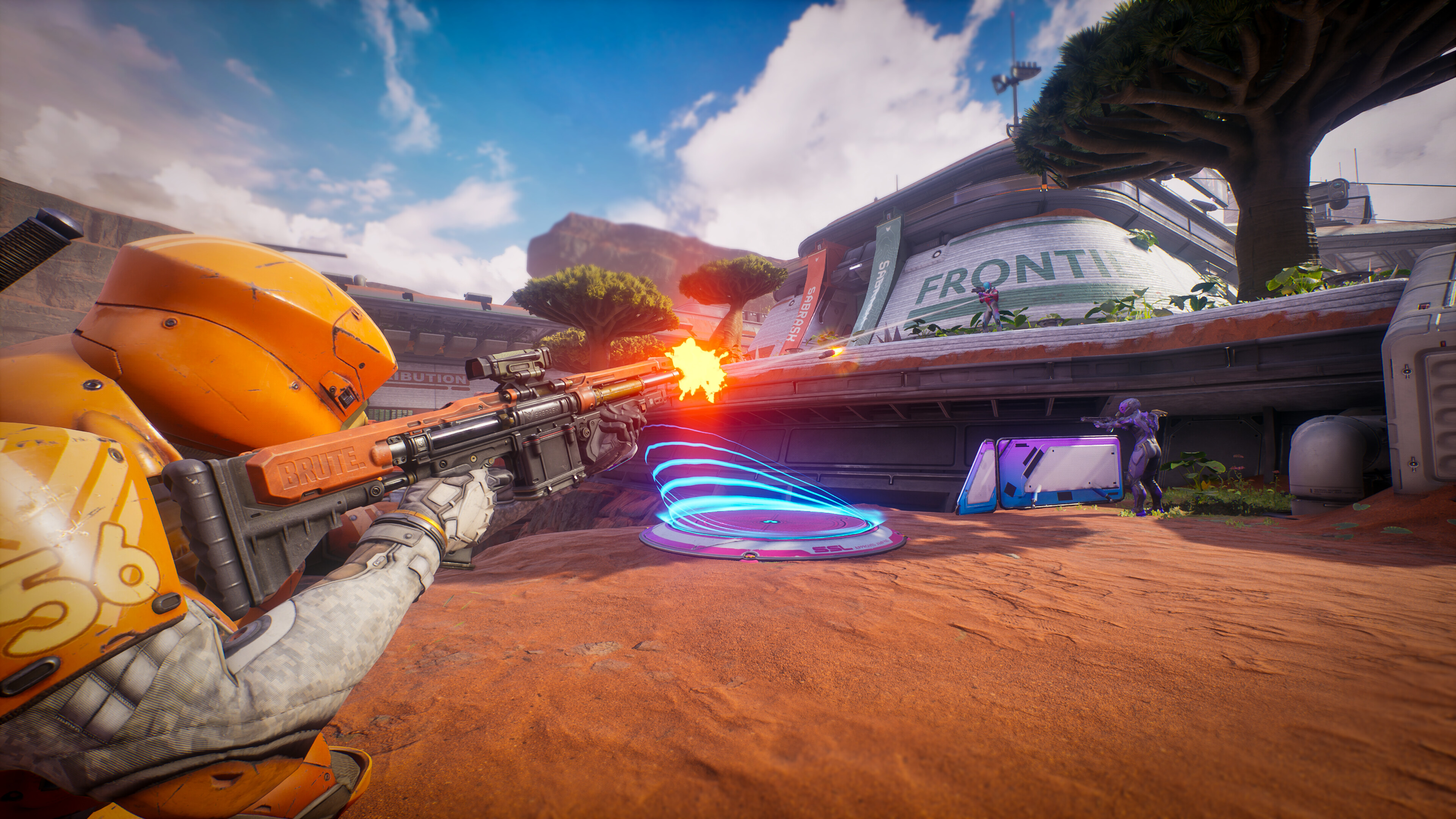
Live service mentality
Key information
Developer: In-house
Publisher: 1047 Games
Platform(s): PC
Release date: 2025
Fairly radical changes have arrived as a result. There’s a clearer, more consistent visual identity; a refined approach to manoeuvrability and momentum; maps with less overt verticality, and more grounded gunplay infused with a class-based faction system to lend the experience greater definition. “We looked at what Splitgate did really well, that fans really loved, and at the areas where we felt it fell short – where we weren’t able to sustain longevity.”
The essence of Splitgate’s gunplay, portals, and movement were aspects 1047 Games wanted to preserve. But key revisions reflect a desire to “make a game that’s here to stay for years to come” rather than an experience which “has its moment and then fades.” Factions are one element where Proulx says Splitgate 2 is vying to include “meaningful variety with a purpose”, with the class-based structure “allowing us to not only cater to different playstyles, but allow for a meta to form that can evolve over time.”
1047 Games is honest in its self-appraisal, that it didn’t grasp the complexities of managing a live-service in the modern era. Perhaps that should come as no surprise, given the studio’s humble origins. “Splitgate started off as a school project. I co-founded this studio with a friend of mine in a dorm room. The Splitgate team was under 20 people. A small team, with a small budget. We had a lot of raw talent and passion, but we were very inexperienced,” he says. “I think the biggest thing I learned from Splitgate was the importance of Live Ops.”
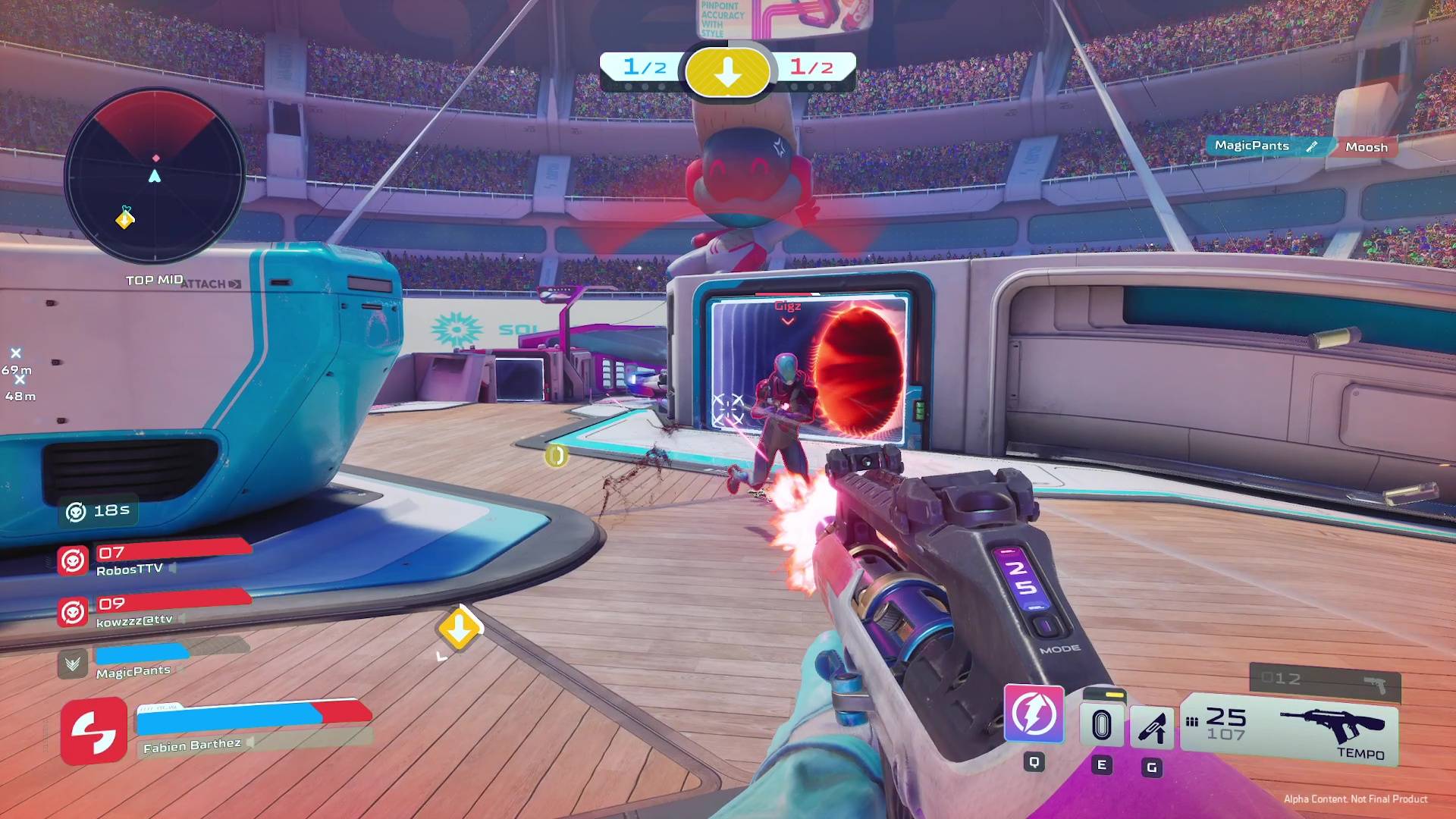
“Our short-term retention was world class, up there with the top shooters,” Proulx continues. “Players would come and play Splitgate for about four weeks, have a good time, leave a good review – we’re 92% positive on Steam – and then they would run out of things to do. Games like Apex Legends, Call of Duty, Fortnite, Valorant would have big updates and players would go back to them. The biggest lesson learned is how key this part of game development is; figuring that out and being able to move quickly is just so important.”
Whether Splitgate 2 can stand the test of time is unknowable. But what’s clear is that the free-to-play shooter is moving in the right direction. Four-versus-four action that’s tight and precise, dazzling in moments where fast portal placement can lead to awe-inspiring aerial kills. Multi-dimensional combat remains Splitgate 2’s strongest identifier, but there is still balance to be had in its interplay with new class-based abilities and powers.
Still, in spite of the challenge, Proulx remains confident: “My plan for success is to keep listening to the community, hire amazing people, build amazing things, and do it quickly. Being able to listen to the community and stay lean, it’s something we’re in a unique position to deliver on. The team is around 175 now and growing, but we still have that scrappy startup mentality,” he says. “At the end of the day, we’re just a bunch of gamers having fun.”
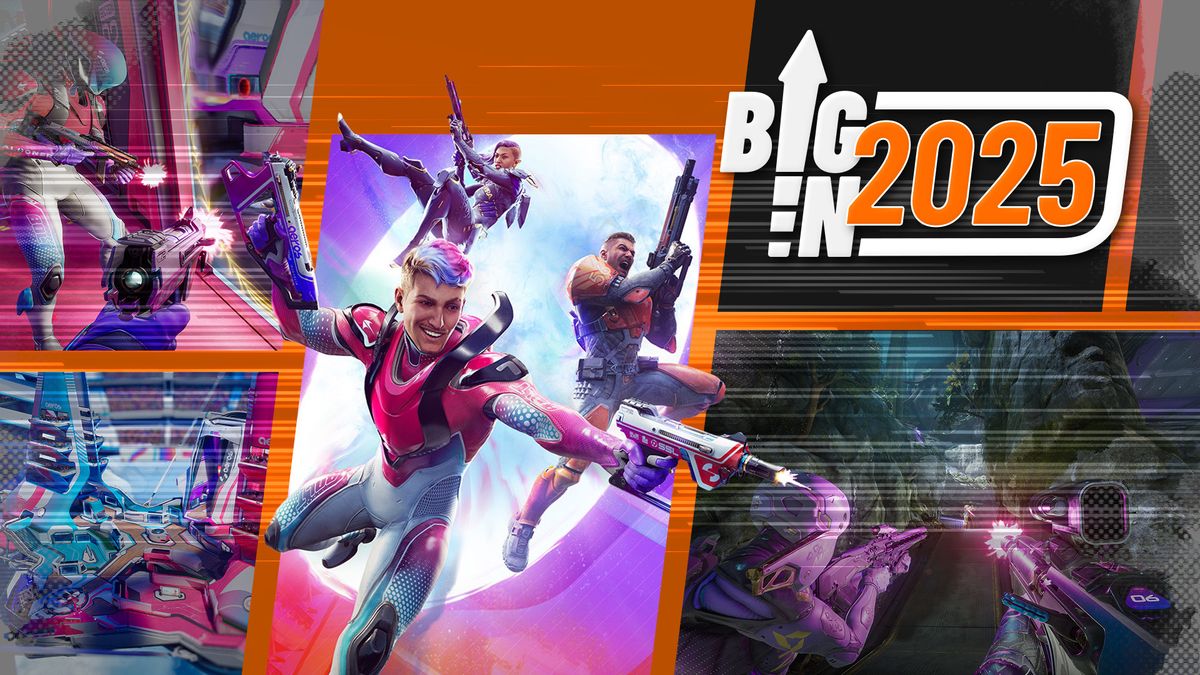




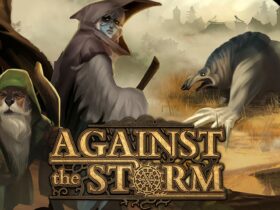
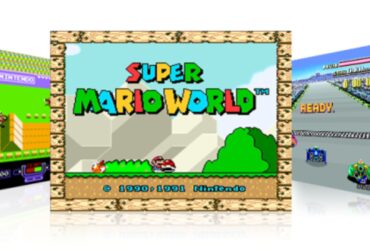
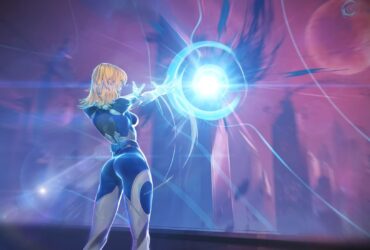
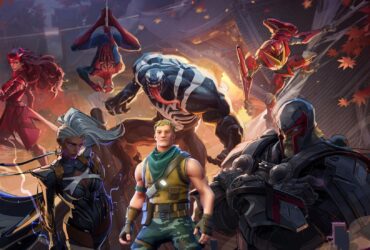

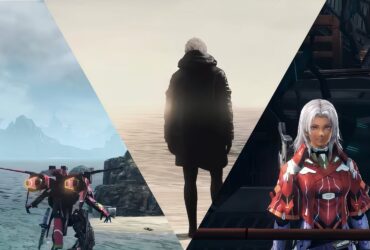
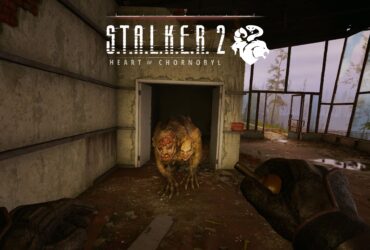
Leave a Reply